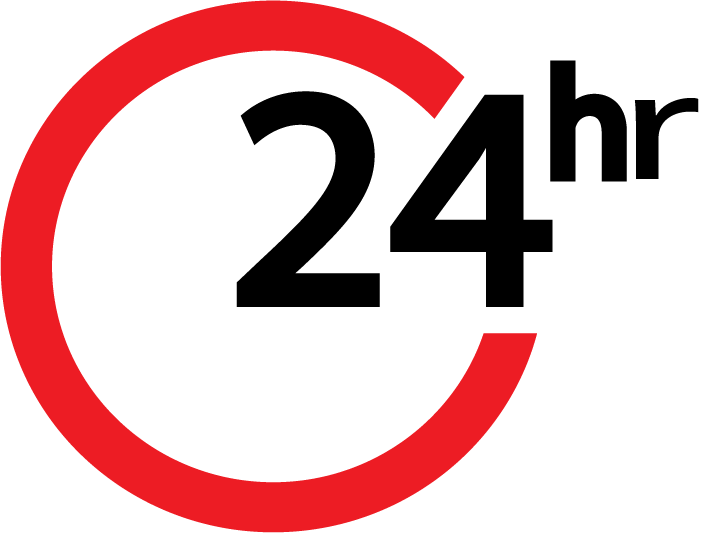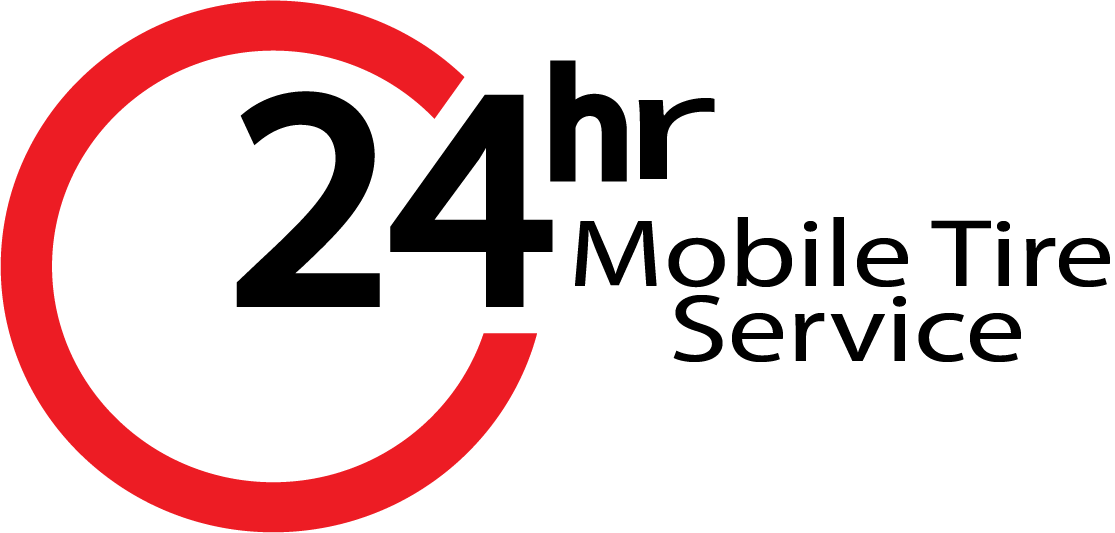Tire Balancing Service
What Is Tire Balancing?

Tire balancing (also known as wheel balancing) corrects uneven distribution of weight
in the wheels. Imbalanced wheels can lead to vibration, excessive tire wear, damage to the suspension, and other problems.
During a tire balance service, your tires and wheels are mounted onto a tire balancing machine. The machine spins the tire and wheel assembly to measure the imbalance, so that a technician can precisely install the correct tire weights to achieve a properly balanced wheel and tire assembly. Often, wheel balancing and alignment happen during one service, but they shouldn’t be confused for the same thing!
What Are the Signs That Your Tires Needs Balancing?
Uneven tire wear and vibration in your steering wheel, floorboard, or seat can signal it’s time for tire balancing. You may also want to have your tires balanced during a tire rotation, after a flat tire repair, or as part of your scheduled maintenance.
Interestingly, the part of your car that trembles can indicate whether the front or back wheels need balancing. If it’s in the steering wheel, it’s likely your front tires. If it’s in the seats, the imbalance is in the back wheels.
Tires can become out of balance because of uneven tire wear or the loss of a wheel weight because a rim hits a curb or pothole. If you leave your car parked for extended periods without moving it, the tires might develop flat spots that cause imbalances.
What Is Wheel Alignment?
Wheel alignment (also known as tire alignment) refers to an adjustment of a car’s suspension — the system that connects a vehicle to its wheels. It’s not an adjustment of the tires or wheels themselves.
Alignment keeps your car from veering to the right or left. It also can improve the handling of your vehicle and stop unusual on-the-road vibrations.
What Are the Signs That Your Car Needs an Alignment?
Your vehicle might need an alignment if you notice any of the following:
-
The car is pulling to one side of the road.
-
The tire treads are wearing out prematurely or unevenly.
-
The tires are squealing.
-
The steering wheel tilts off-center when you’re driving.
-
The steering wheel vibrates when accelerating.
Your alignment can get knocked out of whack after being in a car accident, driving over a pothole, or running into a curb.
How Do Balancing and Alignment Benefit Your Car?
The most significant benefit of balancing services is that they prevent premature tire tread wear. Technicians agree that getting your tires balanced every 5,000 to 6,000 miles (or as recommended by your manufacturer) can help extend their lifespan and improve their performance.
Wheel alignment benefits, on the other hand, include improved vehicle handling, fuel efficiency, and tire life. Firestone Complete Auto Care recommends that you have your vehicle’s alignment checked every 6,000 miles or twice a year. Left untreated, alignment issues can shorten a tire’s life by thousands of miles, and they can damage critical steering and suspension components.
| Tire Balance vs. Alignment Quicklook | |||
|---|---|---|---|
| Service | Definition | Signs It’s Time | Benefits |
| Tire Balance | A tire balance corrects the weight imbalance on your tire and wheel assemblies. | Uneven tire wear and vibration in your steering wheel, floorboard, or seat. | Proper balancing can lead to a smoother ride, less tire wear, and reduced strain on the drivetrain. |
| Wheel Alignment | An alignment corrects the angles of the tires so that they come into contact with the road in just the right way. | Vehicle pulls to one side, rapid tire wear, squealing tires, or crooked steering wheel when driving straight. | Proper alignment ensures a smoother ride for you and a longer life for your tires. |
Are you noticing symptoms of balancing and alignment issues in your car? Don’t let them disrupt your flow. Schedule an appointment today.

Tire Balancing Services
We hope this page will help you with any questions you may have.
As always, we welcome your call or visit to request more information regarding this and any service we offer.
What Is Tire Balancing?

Tire balancing (also known as wheel balancing) corrects uneven distribution of weight
in the wheels. Imbalanced wheels can lead to vibration, excessive tire wear, damage to the suspension, and other problems.
During a tire balance service, your tires and wheels are mounted onto a tire balancing machine. The machine spins the tire and wheel assembly to measure the imbalance, so that a technician can precisely install the correct tire weights to achieve a properly balanced wheel and tire assembly. Often, wheel balancing and alignment happen during one service, but they shouldn’t be confused for the same thing!
What Are the Signs That Your Tires Needs Balancing?
Uneven tire wear and vibration in your steering wheel, floorboard, or seat can signal it’s time for tire balancing. You may also want to have your tires balanced during a tire rotation, after a flat tire repair, or as part of your scheduled maintenance.
Interestingly, the part of your car that trembles can indicate whether the front or back wheels need balancing. If it’s in the steering wheel, it’s likely your front tires. If it’s in the seats, the imbalance is in the back wheels.
Tires can become out of balance because of uneven tire wear or the loss of a wheel weight because a rim hits a curb or pothole. If you leave your car parked for extended periods without moving it, the tires might develop flat spots that cause imbalances.
What Is Wheel Alignment?
Wheel alignment (also known as tire alignment) refers to an adjustment of a car’s suspension — the system that connects a vehicle to its wheels. It’s not an adjustment of the tires or wheels themselves.
Alignment keeps your car from veering to the right or left. It also can improve the handling of your vehicle and stop unusual on-the-road vibrations.
What Are the Signs That Your Car Needs an Alignment?
Your vehicle might need an alignment if you notice any of the following:
-
The car is pulling to one side of the road.
-
The tire treads are wearing out prematurely or unevenly.
-
The tires are squealing.
-
The steering wheel tilts off-center when you’re driving.
-
The steering wheel vibrates when accelerating.
Your alignment can get knocked out of whack after being in a car accident, driving over a pothole, or running into a curb.
How Do Balancing and Alignment Benefit Your Car?
The most significant benefit of balancing services is that they prevent premature tire tread wear. Technicians agree that getting your tires balanced every 5,000 to 6,000 miles (or as recommended by your manufacturer) can help extend their lifespan and improve their performance.
Wheel alignment benefits, on the other hand, include improved vehicle handling, fuel efficiency, and tire life. Firestone Complete Auto Care recommends that you have your vehicle’s alignment checked every 6,000 miles or twice a year. Left untreated, alignment issues can shorten a tire’s life by thousands of miles, and they can damage critical steering and suspension components.
Are you noticing symptoms of balancing and alignment issues in your car? Don’t let them disrupt your flow. Schedule an appointment today.


